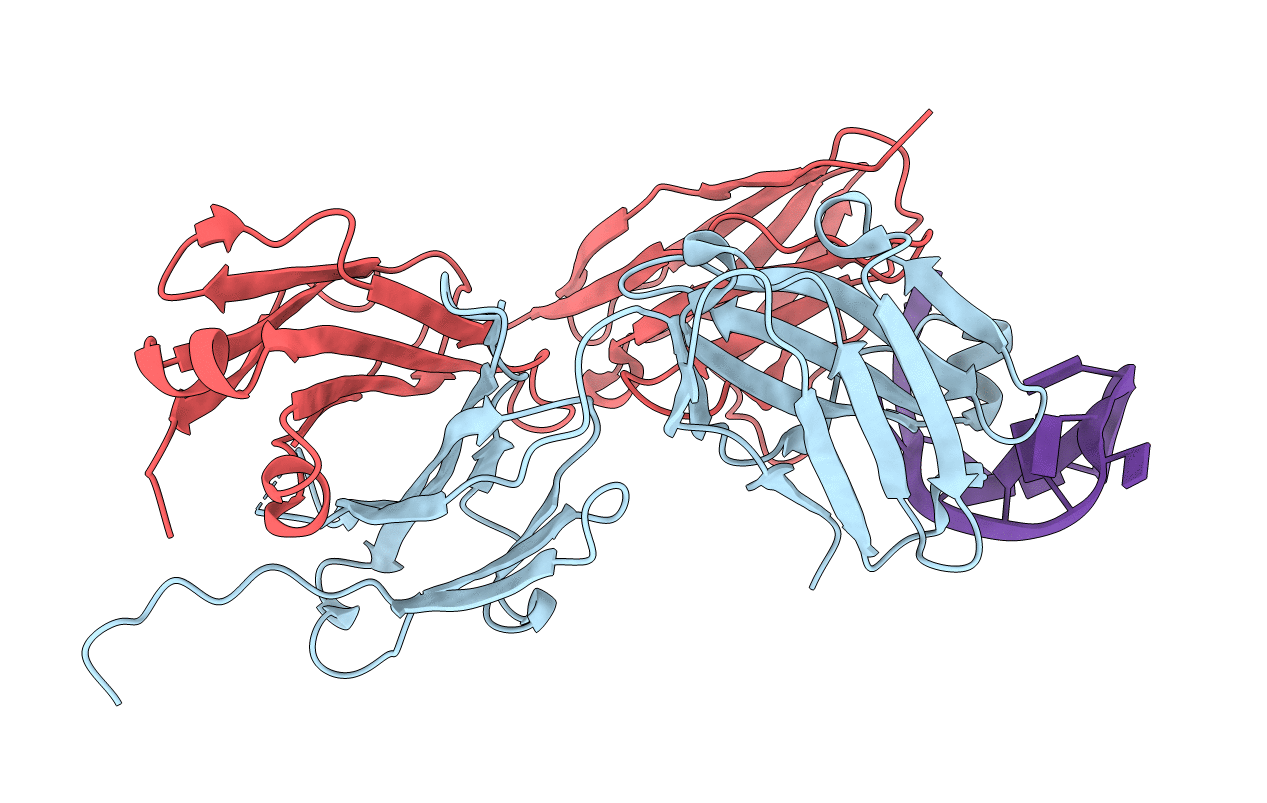
Deposition Date
2015-09-28
Release Date
2016-09-21
Last Version Date
2024-10-30
Entry Detail
PDB ID:
5E08
Keywords:
Title:
Specific Recognition of a Single-stranded RNA Sequence by an Engineered Synthetic Antibody Fragment
Biological Source:
Source Organism:
Homo sapiens (Taxon ID: 9606)
synthetic construct (Taxon ID: 32630)
synthetic construct (Taxon ID: 32630)
Host Organism:
Method Details:
Experimental Method:
Resolution:
2.38 Å
R-Value Free:
0.23
R-Value Work:
0.20
R-Value Observed:
0.21
Space Group:
C 1 2 1


